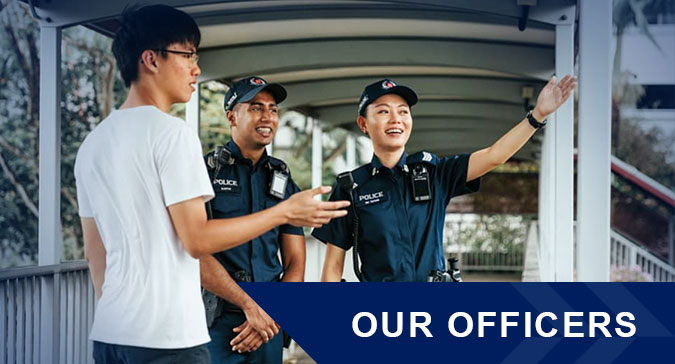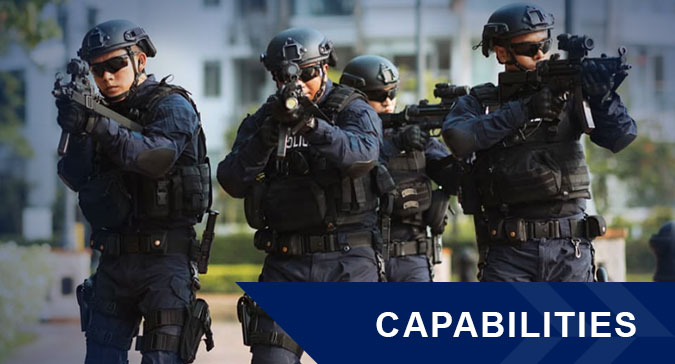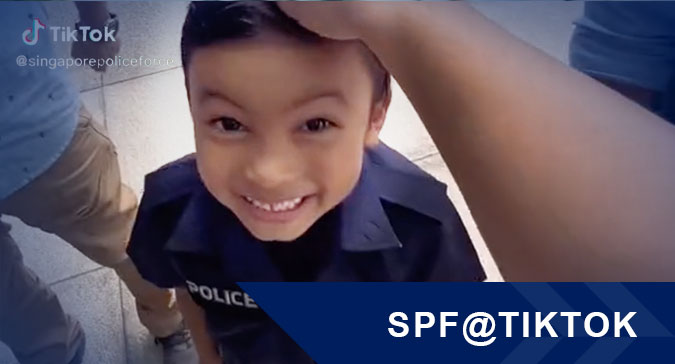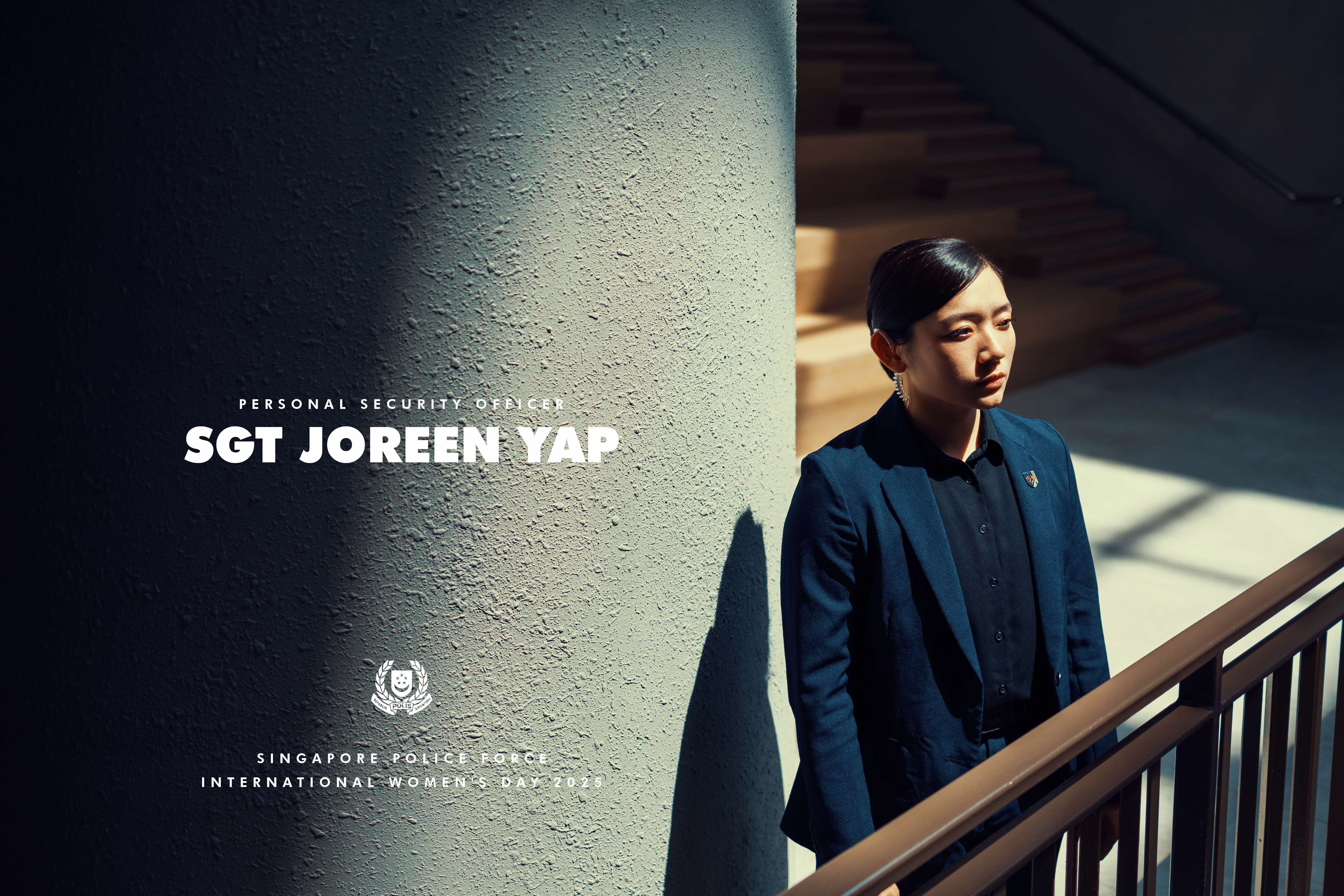
In early 2020, when uncertainty about COVID-19 was at its peak, the Singapore Police Force (SPF) contact tracing operations stepped up to play its part.
By: Christabelle Lim
When the announcement came on 28 February 2023 for the SPF contact tracing operations to stand down, it was day 1,133 of its deployment. For the officers, the months and years had seemed to fly by. It had been fast-paced and exhausting, but also ultimately fulfilling.
How it Began
It all started on 24 January 2020, Chinese New Year’s Eve. The SPF’s assistance was needed to trace the movements of the first local case of COVID-19. This was less than 24 hours after Singapore had confirmed its first case of the disease, about which little was known at the time, such as how it was transmitted, and the threat it might pose to public health.

With their investigative expertise and skills, SPF officers were able to support the Ministry of Health’s (MOH) contact tracing operations. Initial efforts by the MOH were already underway and, from the first case of COVID-19, close contact cases were identified.
That same day, a request to trace a second case came in. Soon, there were three confirmed cases of COVID-19, and the officers knew that they’d need a wider pool of officers to support what was likely to be a prolonged operation – the faster officers could trace close contacts, the lower the risk of community infection.
Uncharted Waters
Superintendent of Police (Supt) Sherman Teo was one of pioneer officers in the Command Centre, which was set up to facilitate timely sharing of information between the SPF and MOH on contact tracing and to coordinate operations with the other contact tracing teams within SPF.

Another challenge that the team faced was the highly dynamic nature of COVID-19 operations. “In the first two weeks, it was extremely fast-paced,” explained Supt Teo. “Work started for us before 8am and we only left the office after midnight. But everyone on the team was focused on the mission. I thought to myself, ‘We’ve got to do this, for Singapore.’”

By 6 February 2020, the SPF's contact tracing operations had completed contact tracing for more than 240 cases, with the help of additional officers. But more were needed due to a surge in the cases. At its peak, up to 140 officers were deployed for contact tracing operations.
In the Field
To ringfence the local spread of COVID-19, the SPF also began to conduct “forward tracing” by its field team to support MOH’s contact tracing efforts. Forward tracing maps a subject’s activities after he or she has developed COVID-19 symptoms, to establish close contacts.

Frontline Police resources on the ground were crucial in filling in the gaps in a subject’s activity map, and for tracing and informing members of the public who’d otherwise not know about their close contacts with infected persons.
Some of the trickiest cases involved subjects who’d ridden on taxis and paid in cash, as this meant officers had fewer investigative leads to work with. Station Inspector (SI) Mohamad Shapie Saleh of Bedok Neighbourhood Police Centre was one of many officers deployed to trawl through CCTV footage and carry out ground enquiries.

“Often, there was no way to trace a taxi passenger other than by pulling and reviewing CCTV footage from multiple drop-off locations,” he explained. “Usually, we wouldn’t manage to find a good image of the passenger’s face, only of his or her attire. So we had to go through each piece of footage very carefully.”
Seasoned Investigators
One early case that posed uncertain health risks and proved challenging to the SPF contact tracing operations involved two apparently unlinked subjects in the community. The officers were tasked with investigating further and finding the source of this transmission.

DSP Tew Meng Hwee, Deputy Officer-in-Charge, Specialised Crime Branch, CID, was one of the Interview Team officers who took on this assignment. At that time, the COVID-19 cluster that he was looking into was the single largest one in Singapore. He duly arrived at the National Centre for Infectious Diseases (NCID) to begin his interviews.
“After speaking to cases #31 and #33 at the Changi General Hospital where they were being isolated, I managed to establish that they’d gone to Life Church and Missions,” recalled DSP Tew. “After discovering this crucial piece of information, I was then tasked to interview cases #8 and #9 at NCID, a couple from Wuhan, China, to piece together the puzzle. It turned out that they’d also attended service at the same church, even though they weren’t familiar with its name and location.”

Meanwhile, a separate but burgeoning cluster involving the Grace Assembly of God appeared. Assistant Superintendent of Police (ASP) Johnny Lim, Deputy Officer-in-Charge, Organised Crime Branch, CID, was tasked to obtain more details of the activities of the church’s staff.

At first, ASP Lim was following up with case #66, a staff of the Grace Assembly of God Church, when he received information that cases #83 and #91, who had attended a Chinese New Year family gathering with case #66, were at the same church service as cases #8 and #9 at the Life Church and Missions. This lead finally established a potential link between the Life Church and Missions cluster and the Grace Assembly of God cluster.

The pieces finally began to fall into place. ASP Lim soon learnt that cases #83 and #91 had fallen sick after the church service and had most likely passed COVID-19 to case #66 during the Chinese New Year family gathering. This was a breakthrough moment as it proved the team’s hypothesis that the two church clusters were indeed linked.
Thanks to the determination and investigative skills of the SPF contact tracing operations, the truth had been uncovered, and this led to a stronger understanding of how COVID-19 could spread in the community.
Read Part 2 here.










